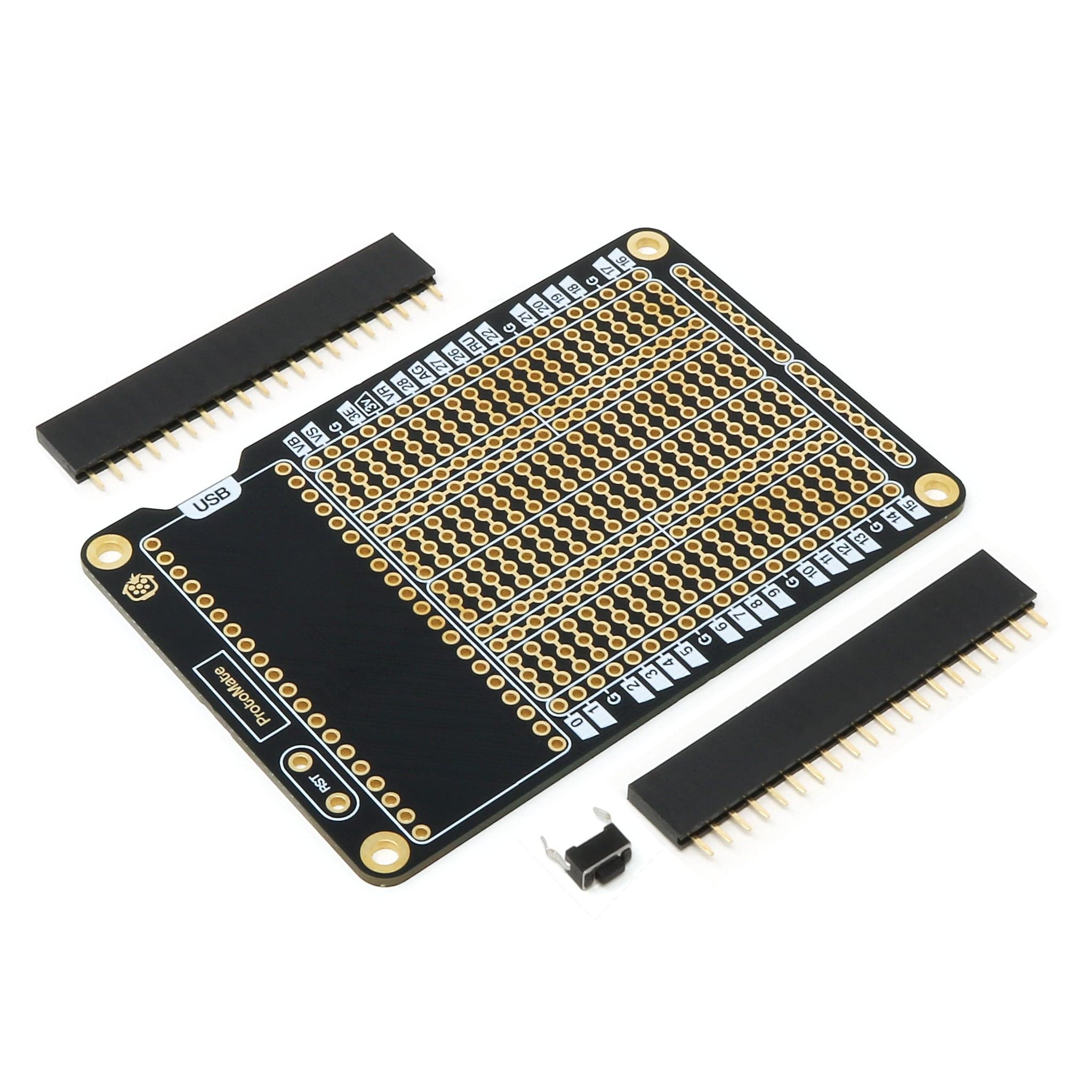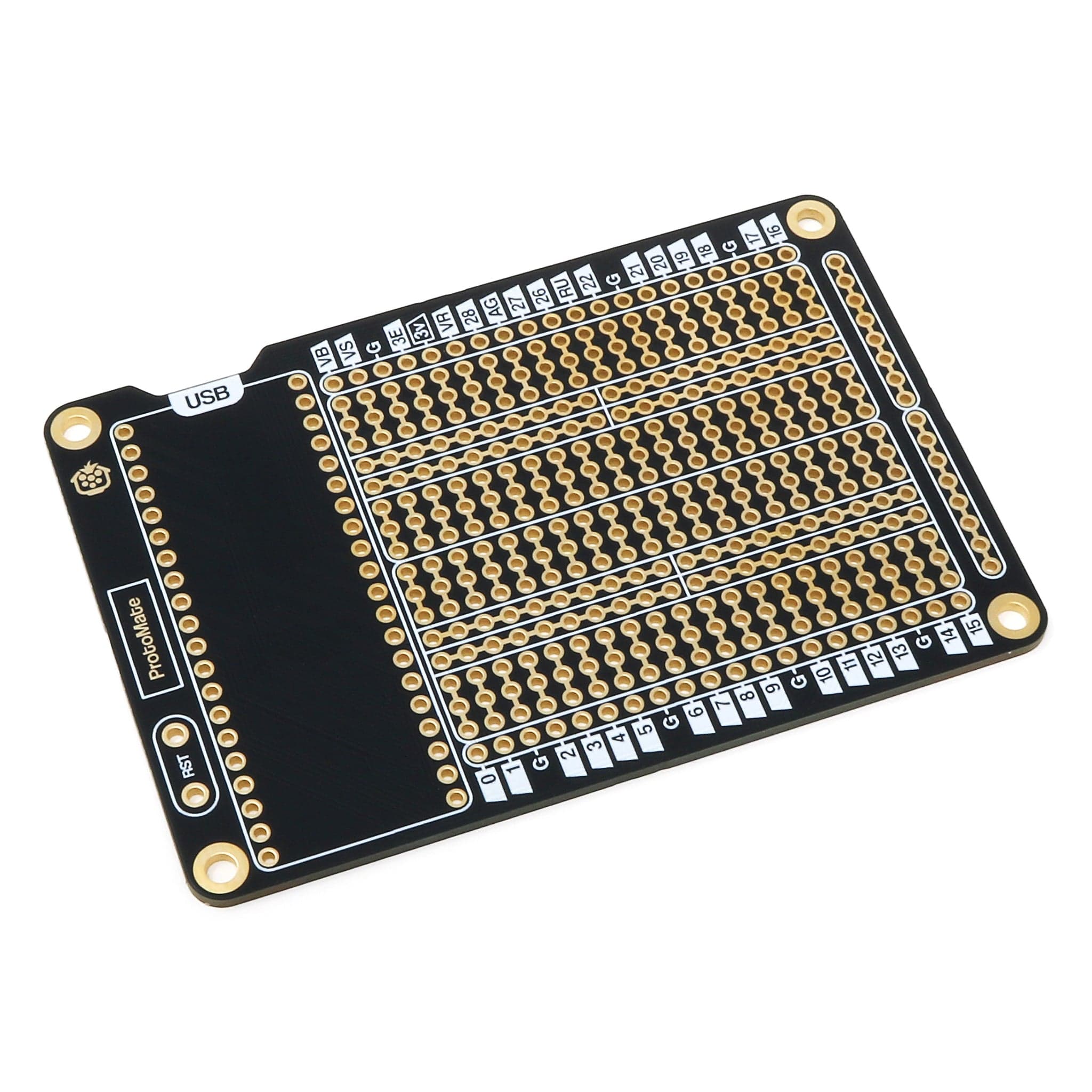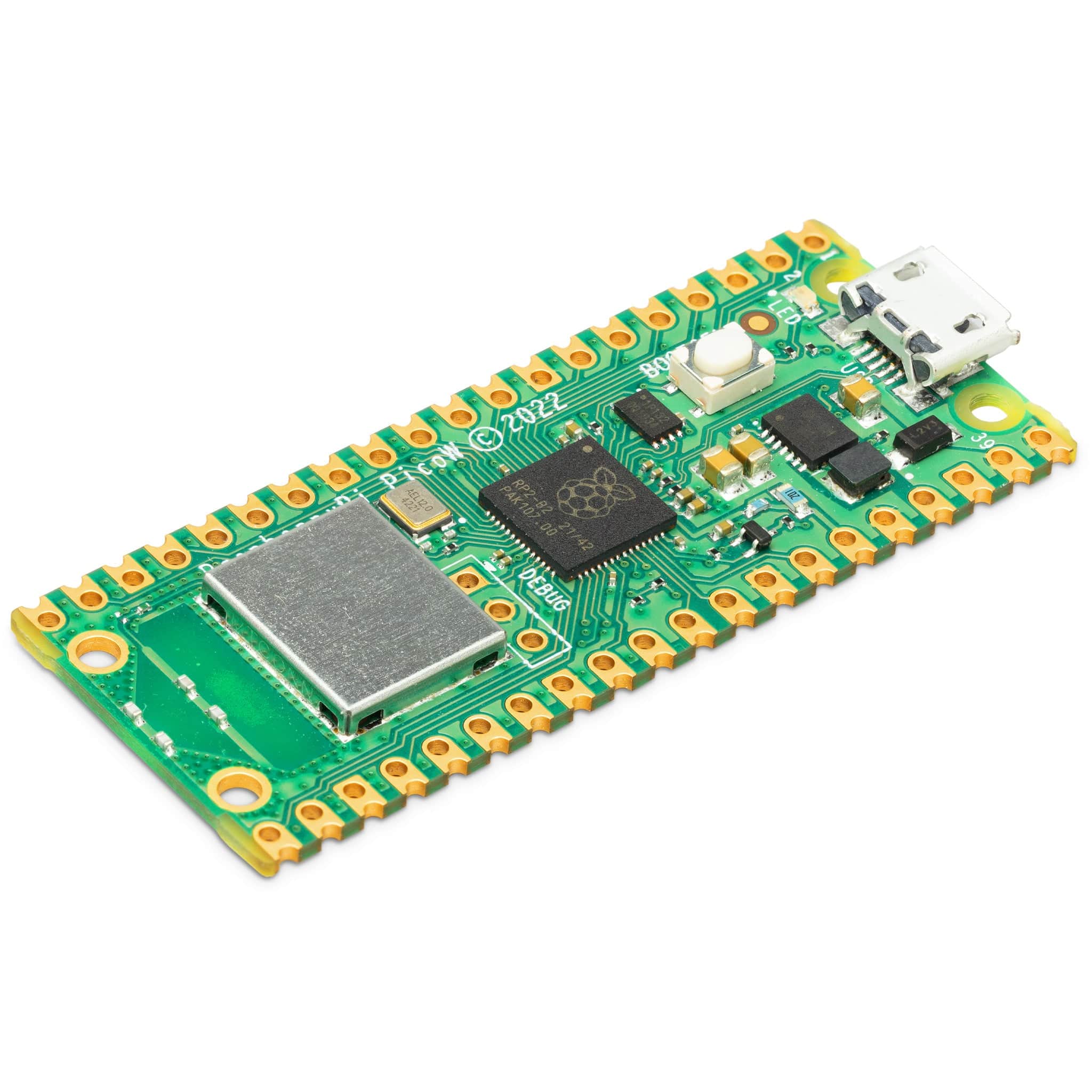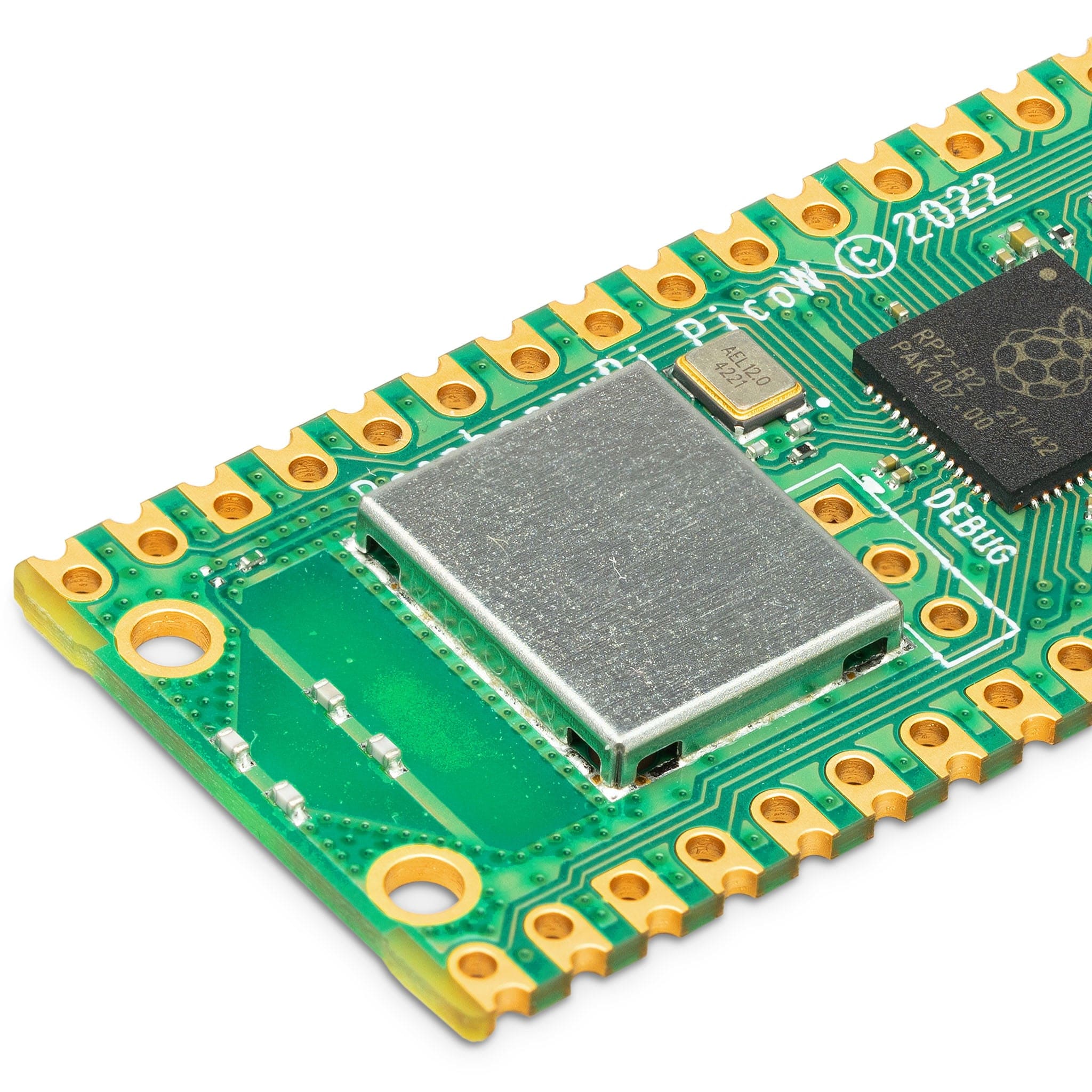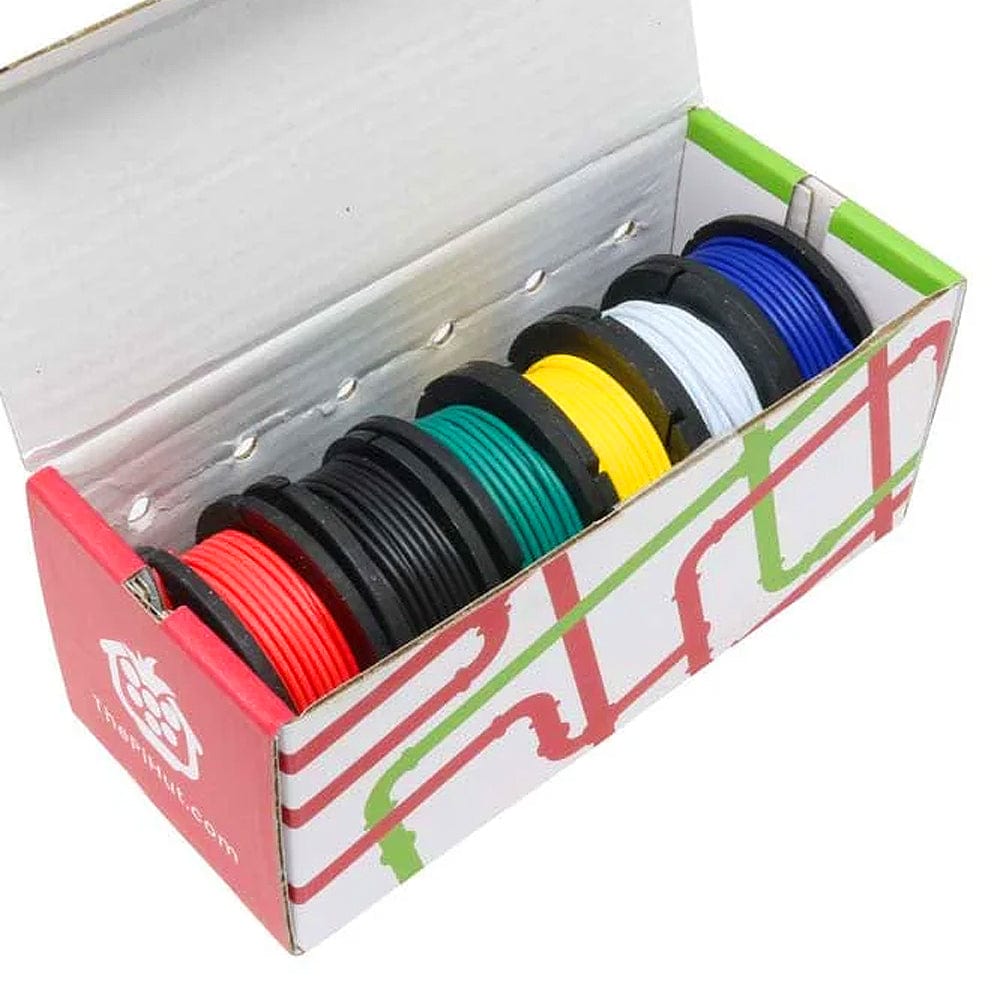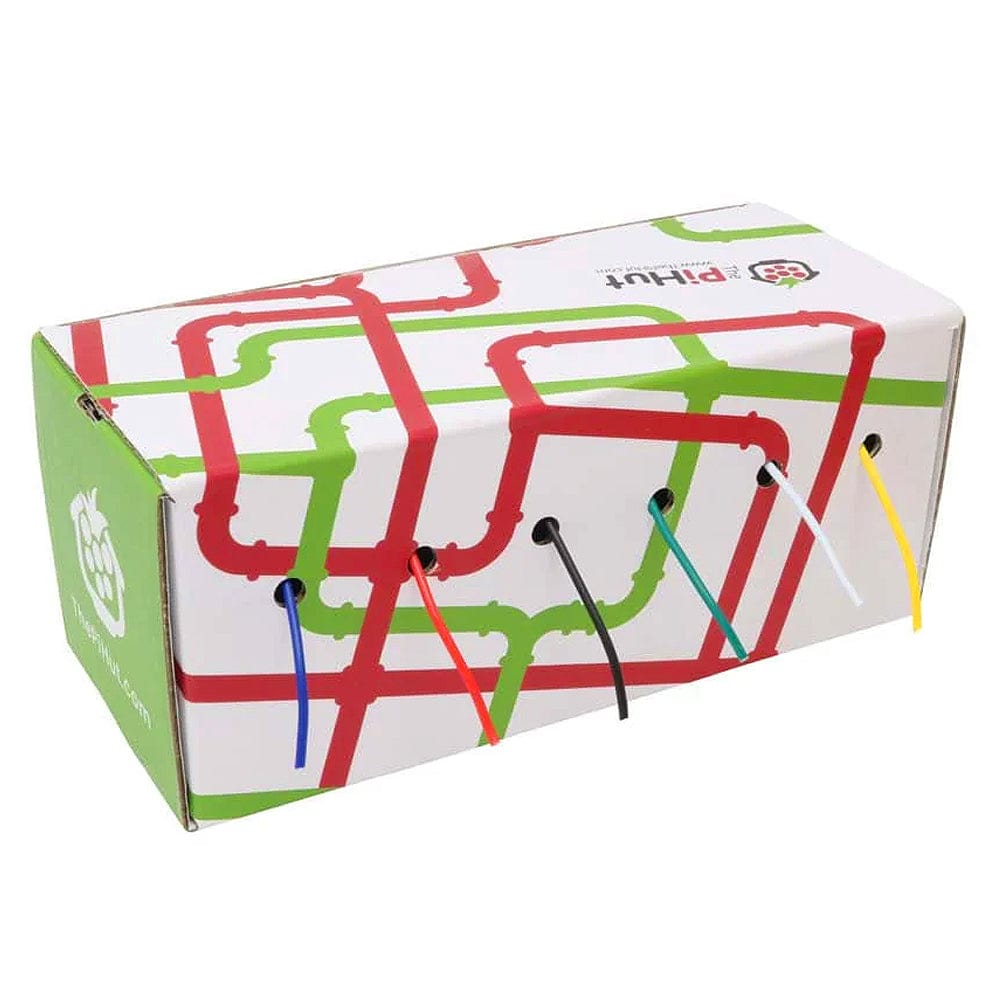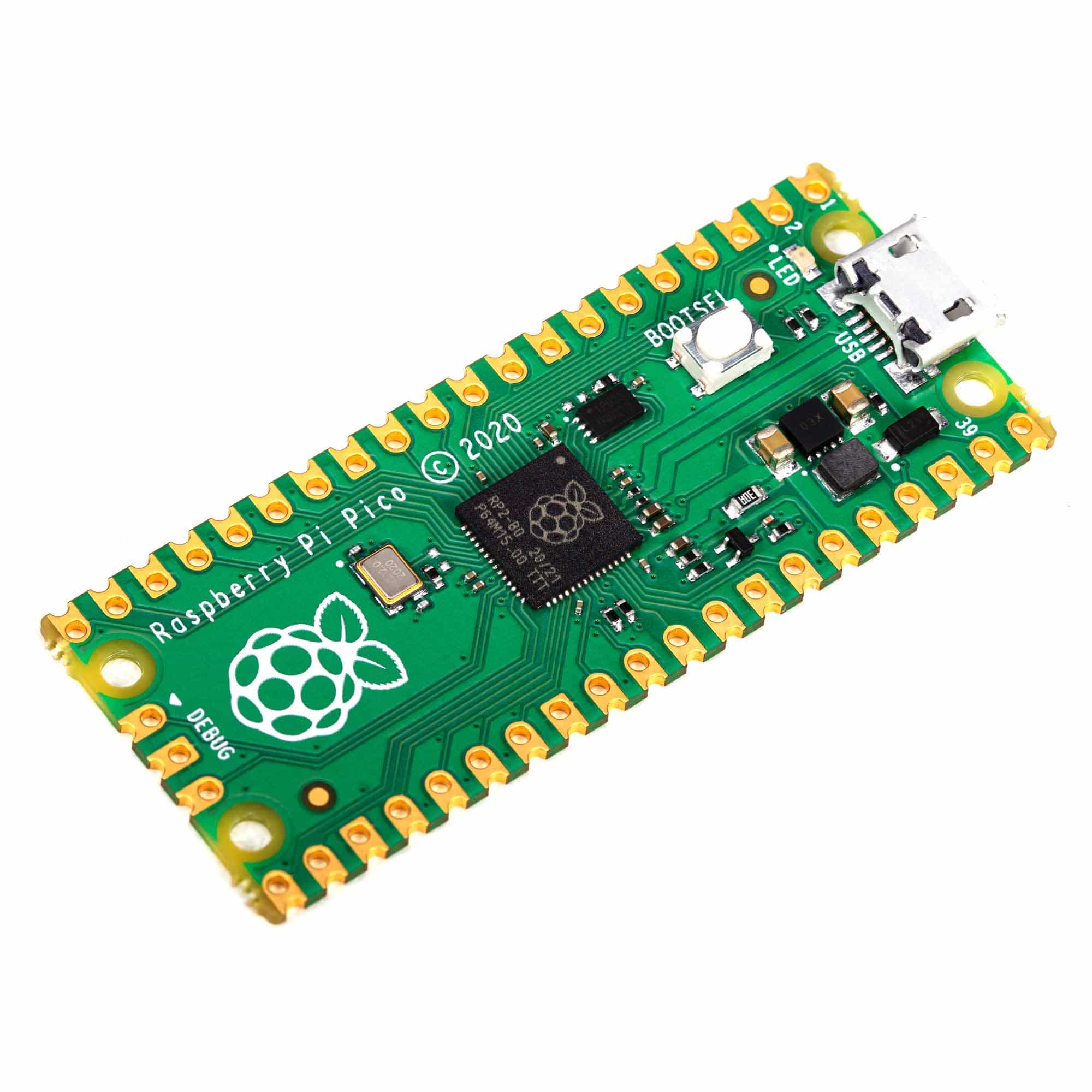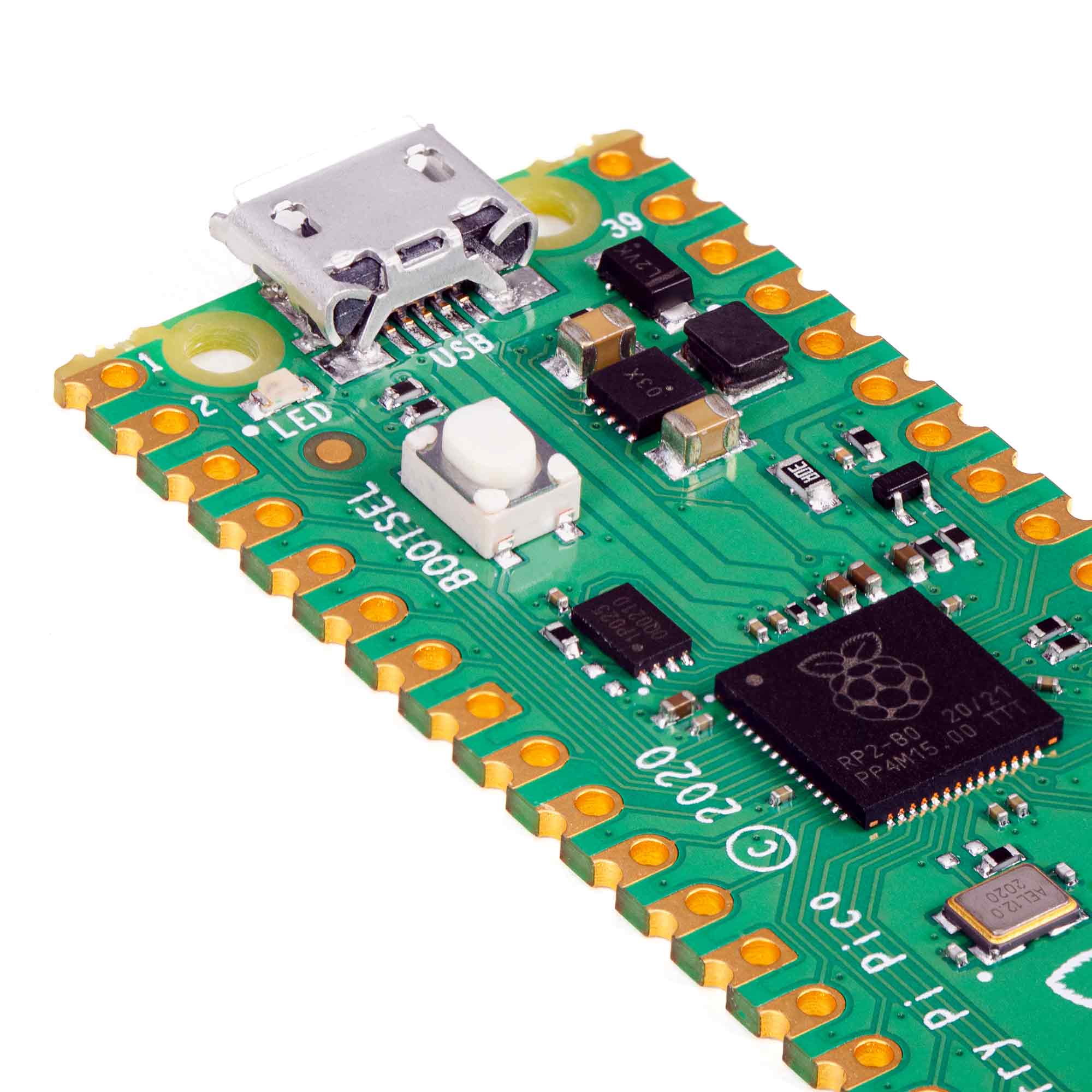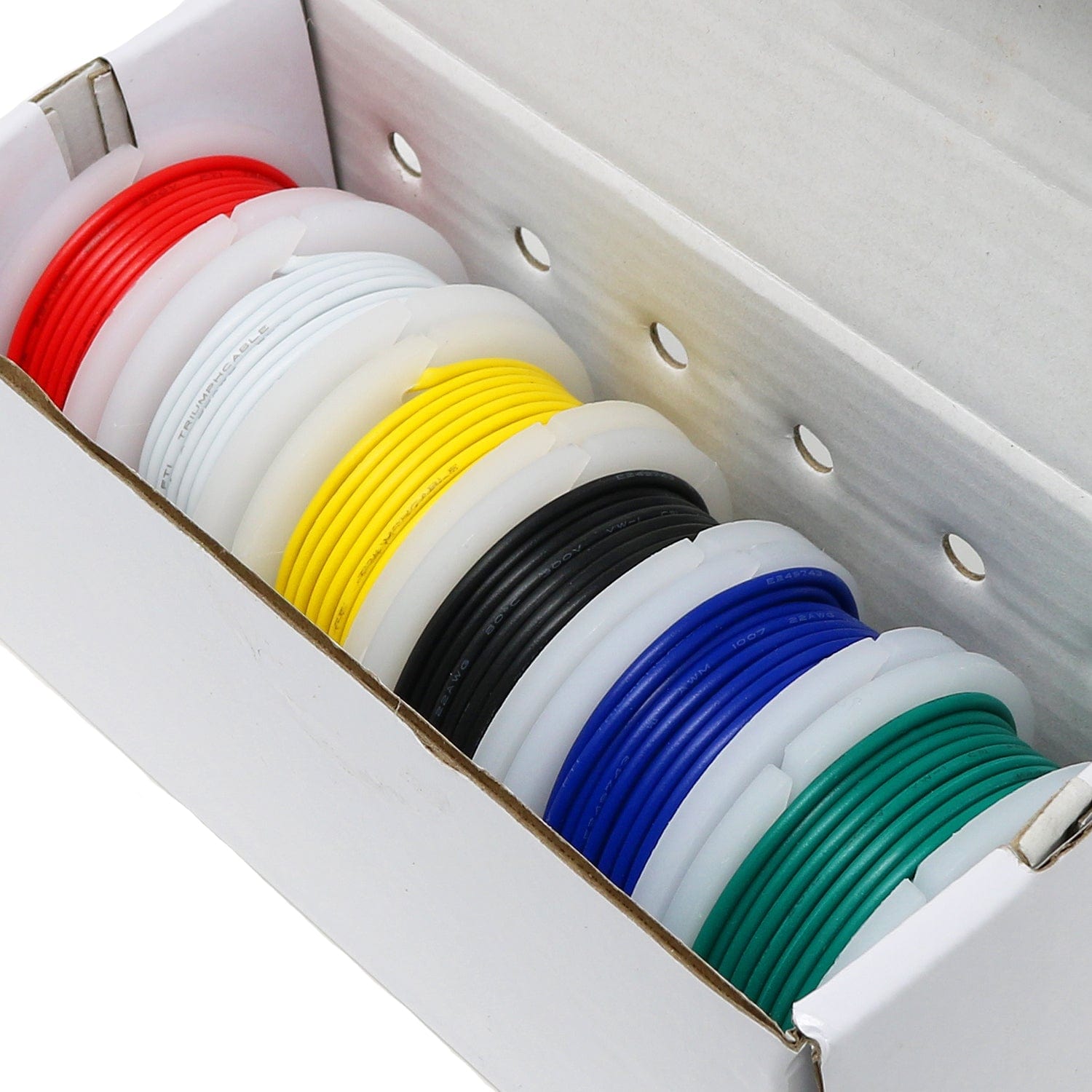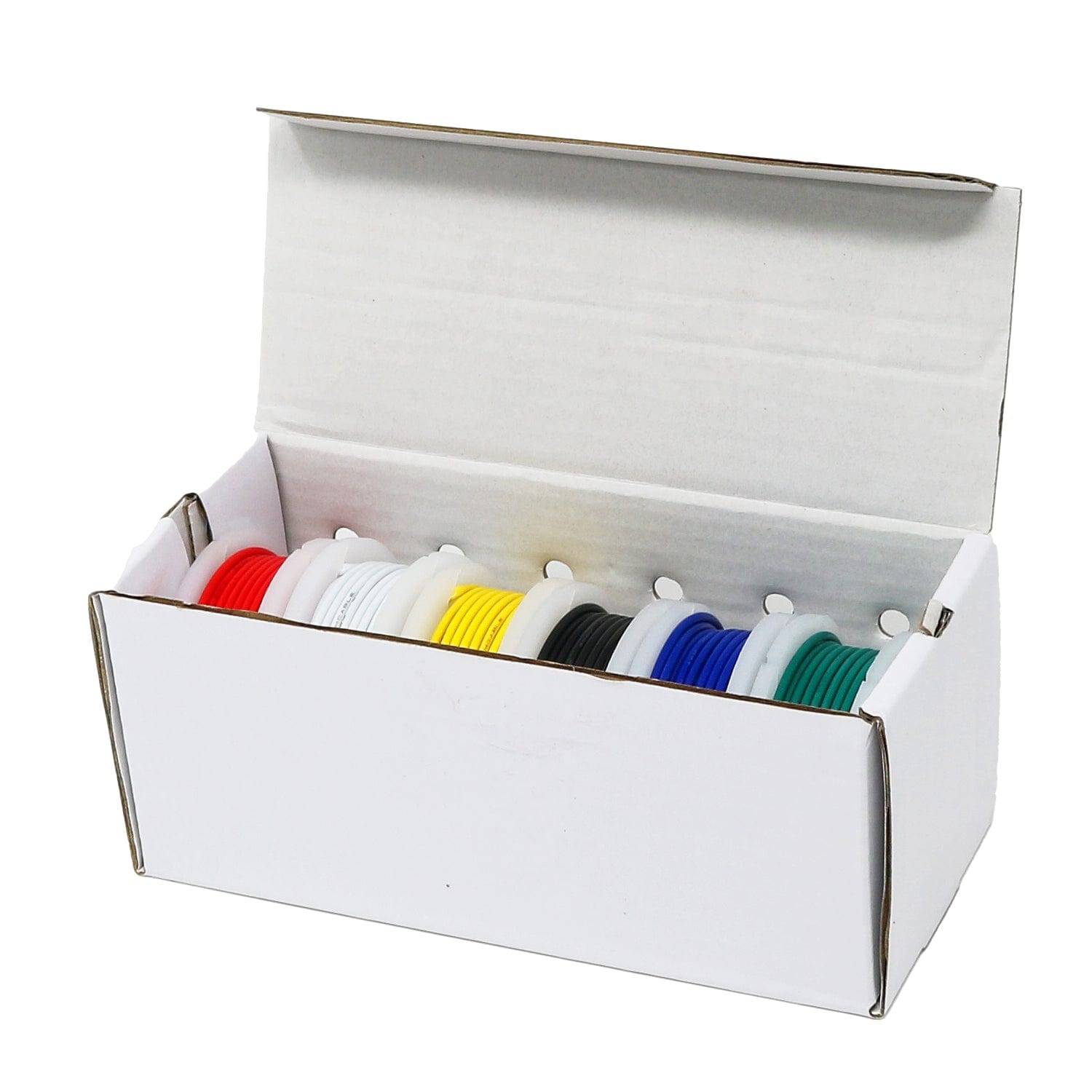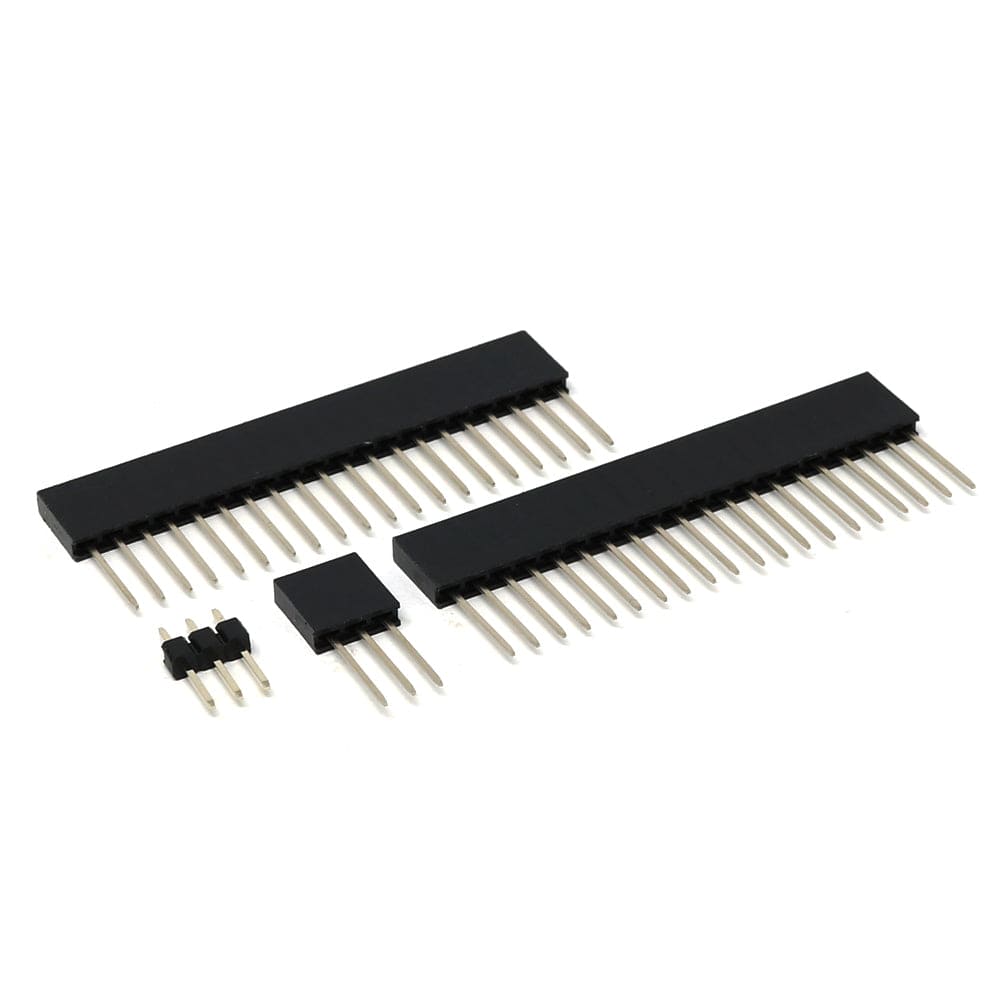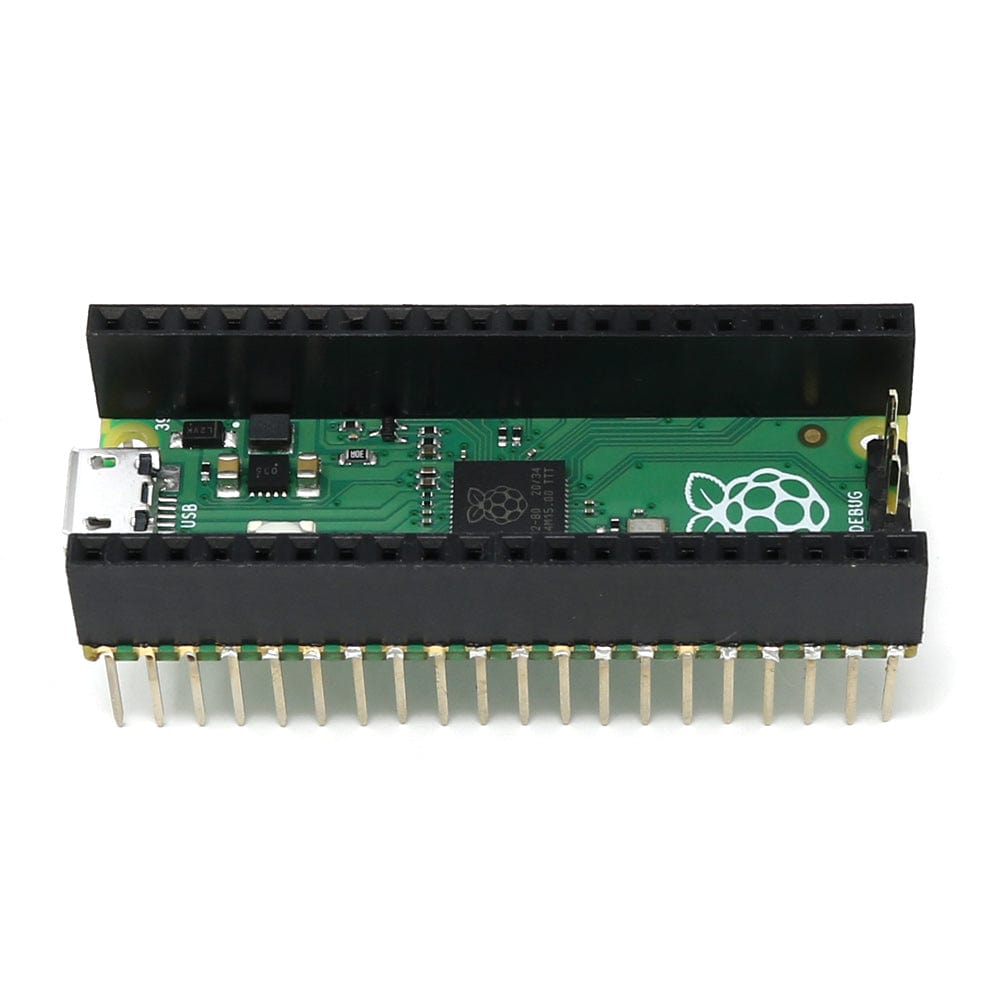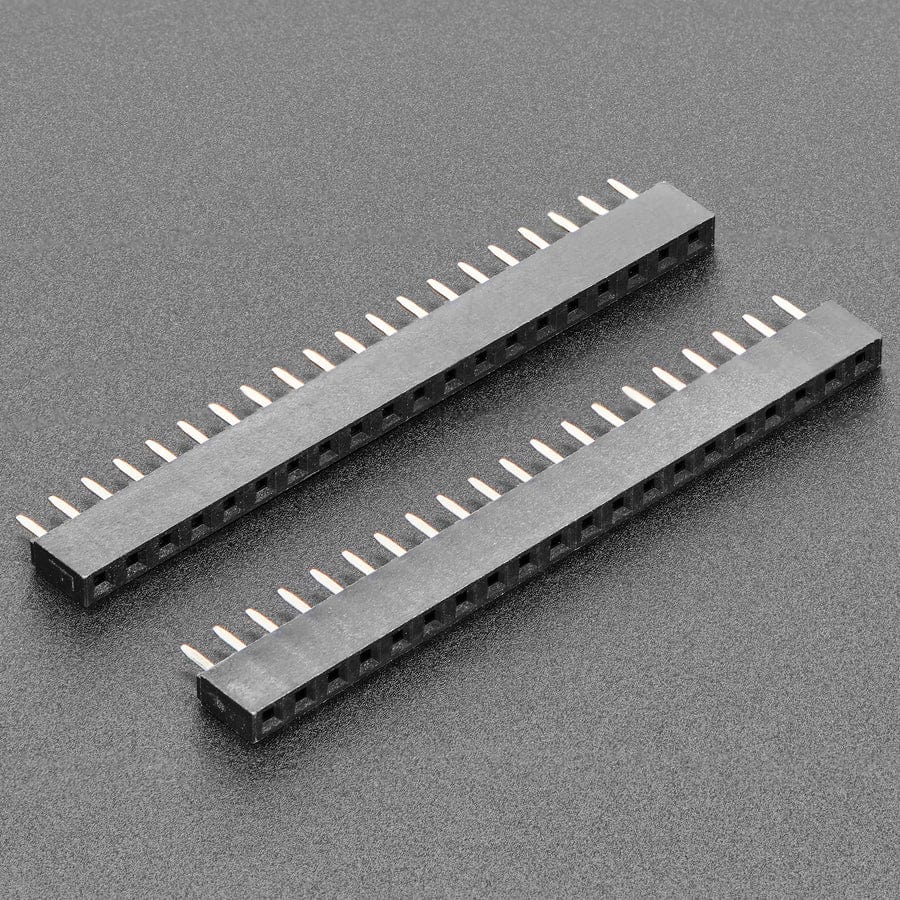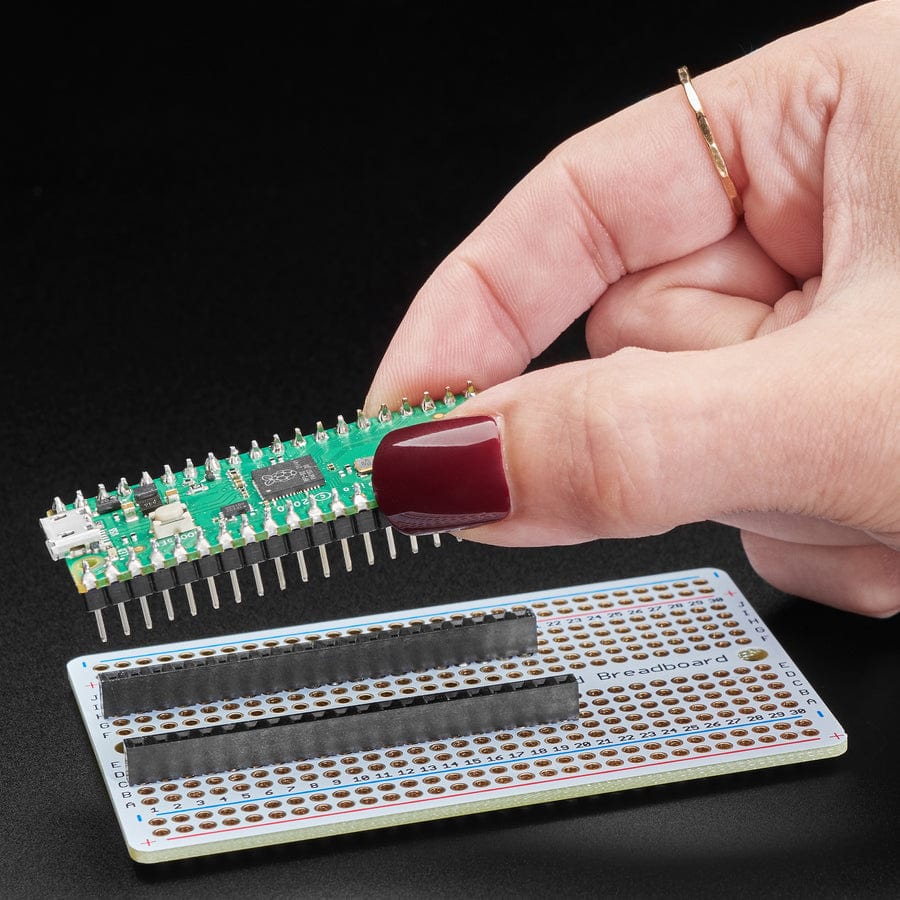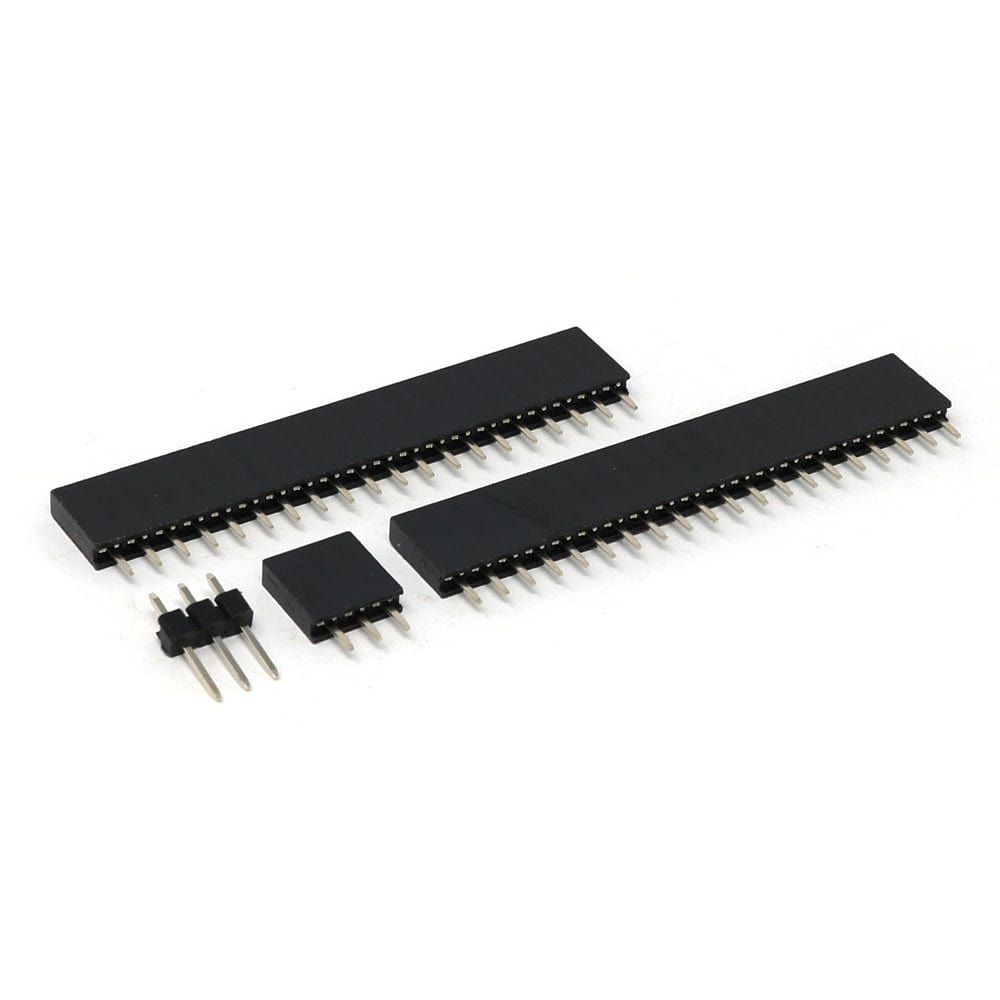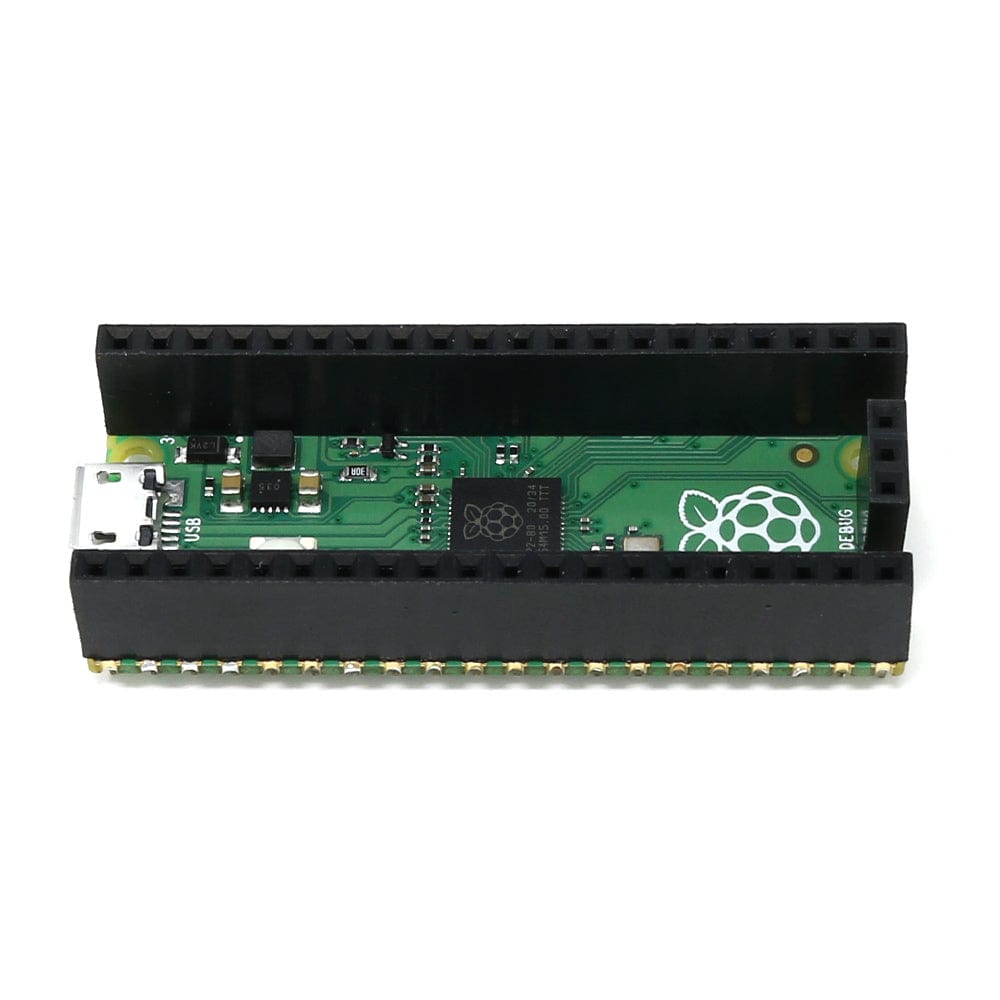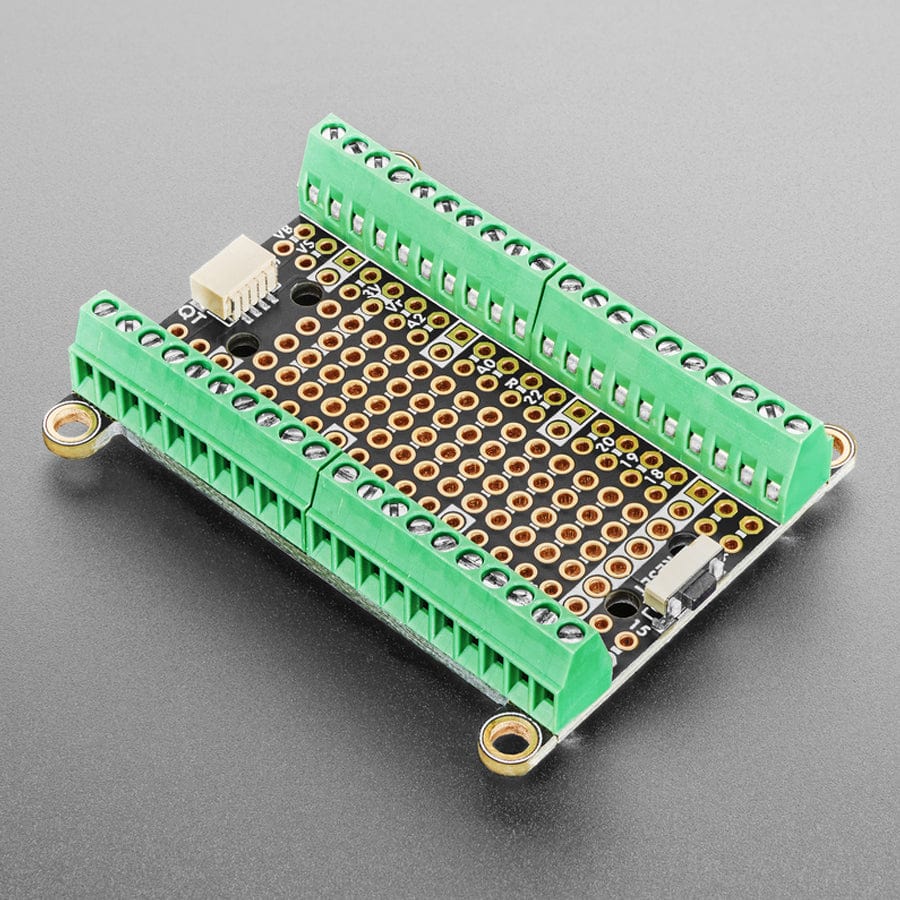
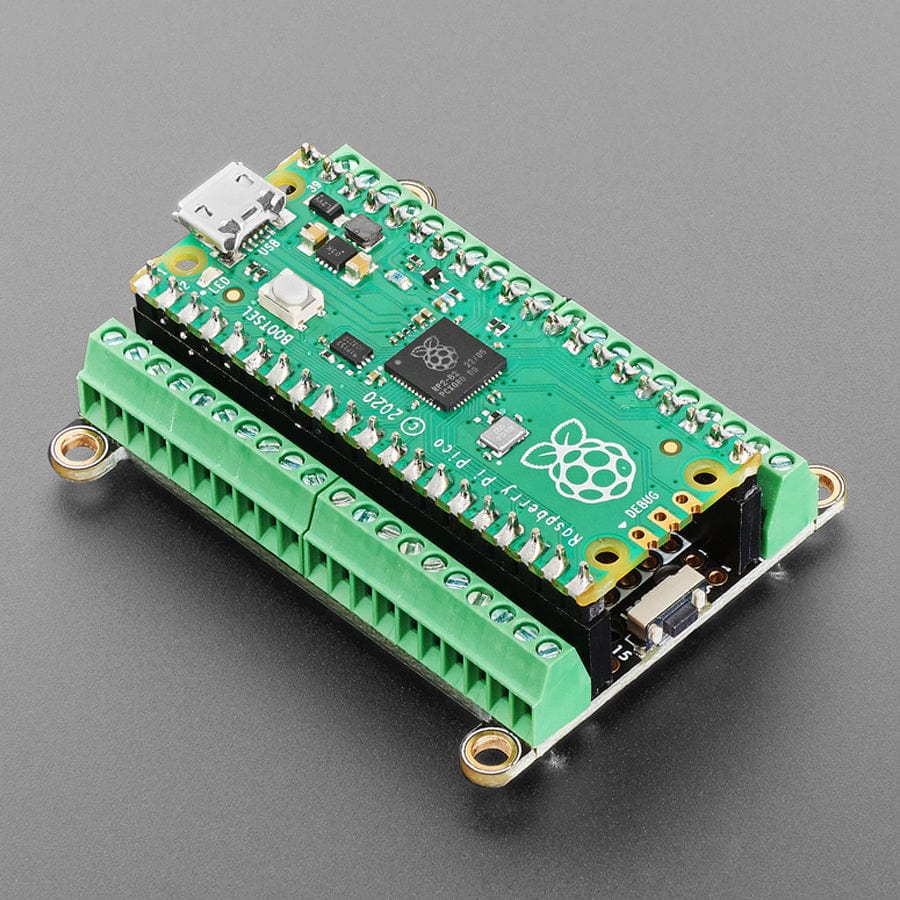
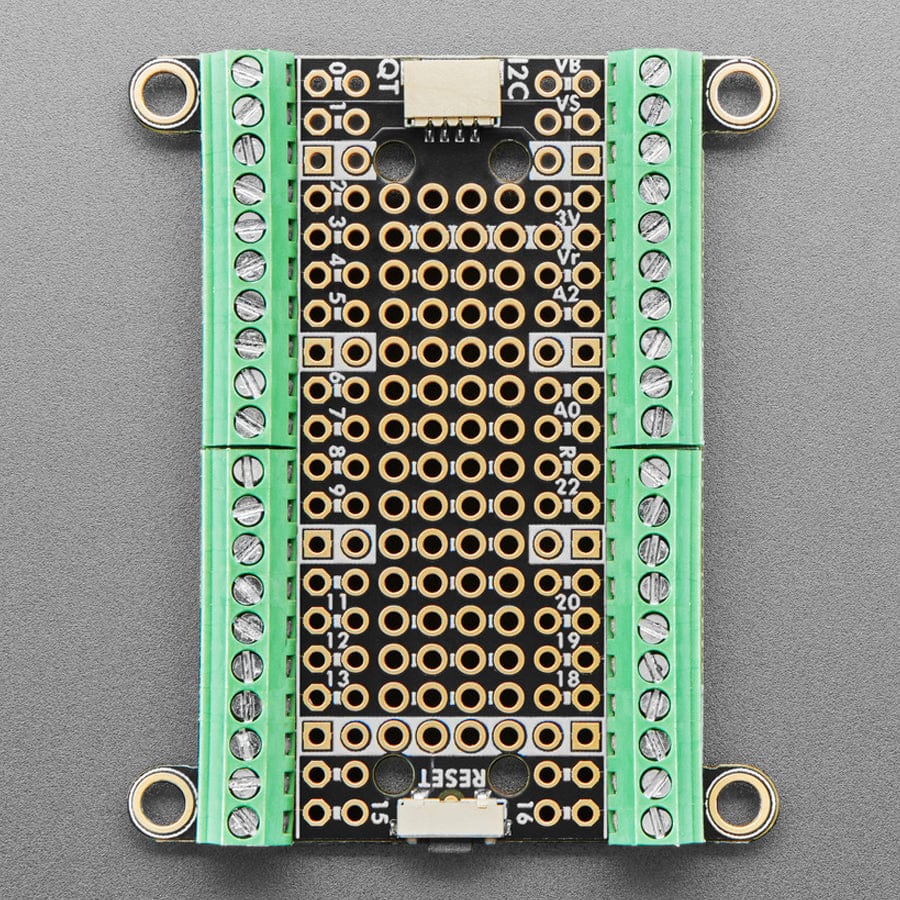
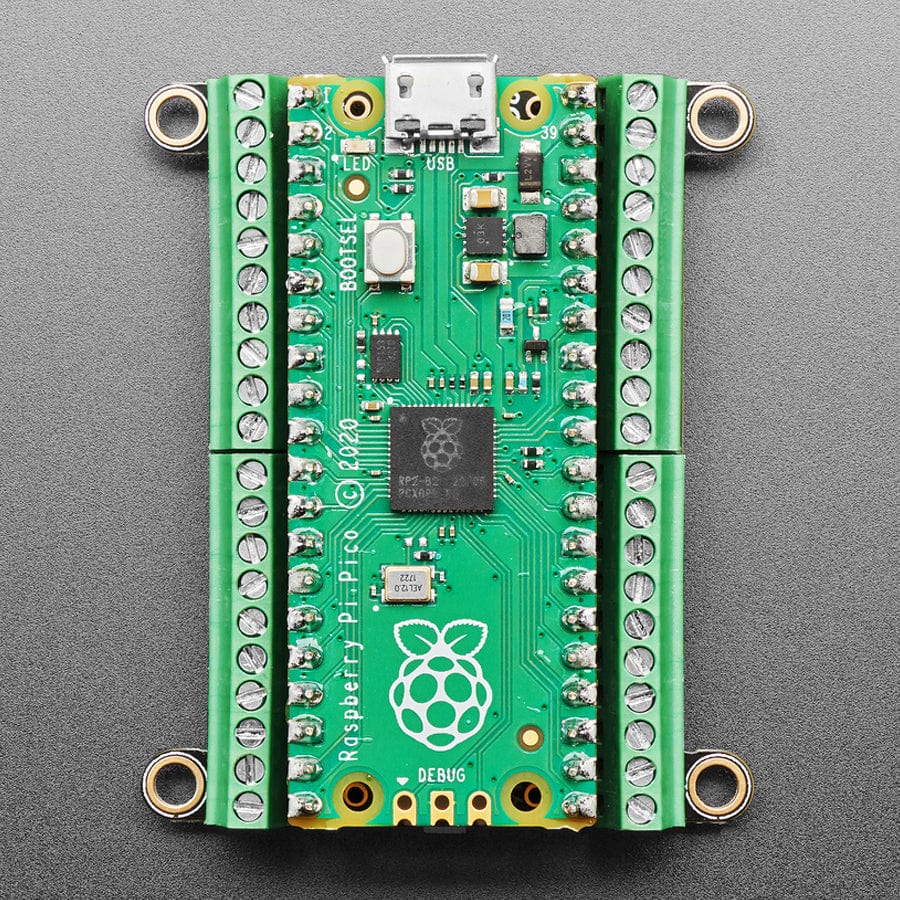

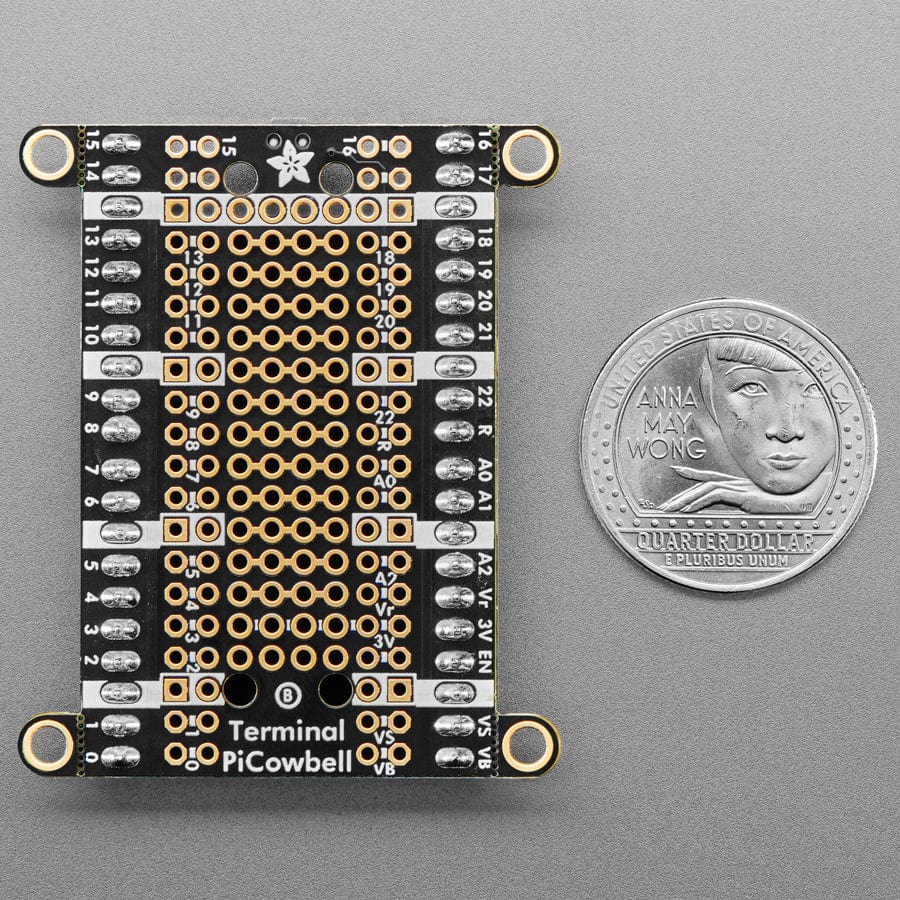
Login / Signup
Cart
Your cart is empty






Ding dong! Hear that? It's the PiCowbell ringing, letting you know that the new Adafruit Terminal PiCowbell is finally in stock and ready to assist your Raspberry Pi Pico and Pico W project with handy hardware and practical prototyping with screw terminal blocks for each and every pin.
This board is ideal for when you want quick access to connect solid or stranded core wires to any of the GPIO pads on the Pico. We use four 10-pin 2.54" pitch screw terminal blocks that can fit 18~26 AWG solid or stranded core wires. Note that we really connect every pin 1-to-1 so there will be plenty of ground connects!
Please Note! To keep things flexible, this PiCowbell does not come with socket or pin headers, even though we have some example photos with not-included socket headers installed. There are many possible configurations, and we stock various headers depending on how you want to solder and attach them. This is especially true if you want the Pico on top so that the BOOTSEL button and LED are accessible.
We do not have I2C pullups on the board, but your Qwiic/QT breakout board or accessory likely already has them onboard. If using the Philhower Arduino core, the Wire peripheral is already set up to use IO4 and IO5. If using CircuitPython or MicroPython, you'll need to let the code know to look at 4+5 for SDA+SCL pins.







